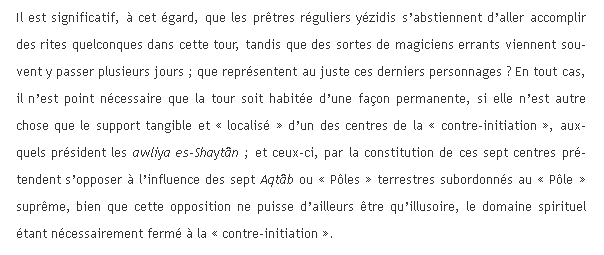THE EDUCATION OF THE CHILD - STEINER
Steiner worked in many fields: biology, agriculture, architecture, dance, esoterism, education, etc. This is an overview of a book on education describing child development in terms of the esoteric teaching of psychic bodies. /THREAD

Steiner worked in many fields: biology, agriculture, architecture, dance, esoterism, education, etc. This is an overview of a book on education describing child development in terms of the esoteric teaching of psychic bodies. /THREAD


Steiner schools are well-known for their interesting architecture, toys, and art. Toys that leave nothing to the imagination stunt its development in children. He recommends buying simple wooden toys from the country. 





He recommends students rote-learn poems, epics, etc. – even when they are seemingly forgotten, their imprint lives on within the child. Students and teachers should draw and study scenes from history and myth. 







He writes that the child inherits the nature of his intelligence from the mother; that of his character, from his father. Ancestral influences mix and interact in the life of the child and should be taken into account by the educator. 







A child’s interests must not be confused with his talents; interests may derive from character, rather than intelligence. We should not encourage fruitless endeavours. 





Steiner describes child development as having three basic stages. He emphasizes that introducing, e.g., reasoning too early will harm the child; equally, not developing the memory and imagination in early childhood will also cause harm. 

Vital: From 0-7, children best learn through imitation and example – the child’s surroundings are more important than any teaching as such. We always ask how children should be taught, and never reflect on how adults act and are around children. 





Emotional: From 7-14, children learn through authority and discipline. They should study the great men and women of history and stories, who will direct their conscience and moral strength. 







Will: From 14-21 children should begin to reason – however, they should learn only the mechanics of reasoning, and not engage in it themselves. He writes that no-one should have an opinion about anything before the age of 20. 



Convictions come from will and emotions, not from reason; if we want to educate or convince someone about something, we should focus our attention there. We should focus on developing reasoning once a child’s individuality has developed. 



Interesting read and alternative education system - in practice they don't talk about the bodies etc. and just apply the theories. Campuses and classrooms are usually stunning with gardens, models and art from the year group's myth/historical period. Thanks for reading /THREAD 

• • •
Missing some Tweet in this thread? You can try to
force a refresh



























